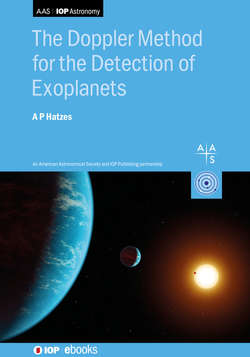Читать книгу The Doppler Method for the Detection of Exoplanets - Professor Artie Hatzes - Страница 33
На сайте Литреса книга снята с продажи.
2.3.6 Charge Transfer Efficiency
ОглавлениеThe charge transfer efficiency (CTE) is a measure of the fraction of the charge that is lost when moving from pixel to pixel. A poor CTE can affect the shapes of your instrumental profile (see Chapter 6 for a discussion on the instrumental profile). Early CCD devices often had poor CTE, but a modern CCD device has a CTE that is typically about 99.9997%, so for the most part this should not be a concern.
The amount of charge lost depends on the number of times the packet has been transferred, and this of course depends on the initial location of the charge on the CCD array. The numbers in the corners of the CCD shown in Figure 2.13 show how many photons are actually recorded for 1000 photons striking the CCD. Charge packets near the readout amplifier suffer little loss, but a charge packet in the upper right will suffer a loss of 2.5% because it undergoes the maximum number of transfers: 2048 times along columns followed by another 2048 times along the final row (for a 2048 × 2048 pixel array).
The CTE may become important as astronomers use ever larger CCD detectors. For example, if you have a 10,000 × 10,000 CCD a charge packet at the left corner would have lost ∼6% of its charge. Although these are relatively low losses, especially for high signal-to-noise data, this can become more important for low light level observations, or if one wants to push the RV precision down to the cm s−1 precision. In Chapter 12, we will discuss further possible sources of error due to CTE.
